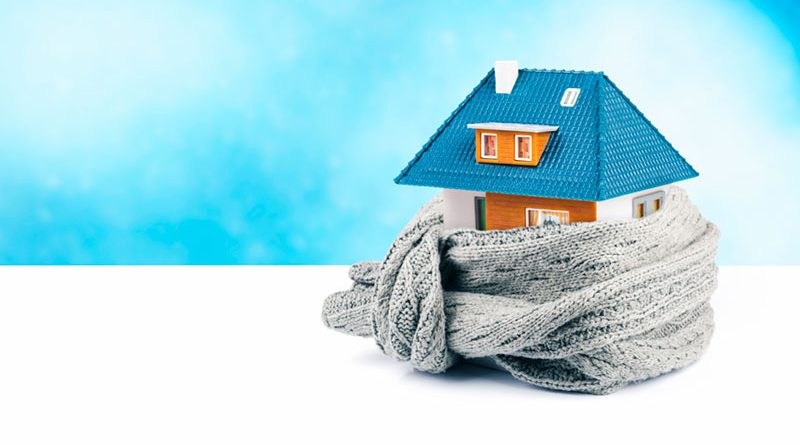Increase Home Heat Efficiency
Burned by home heating costs? There are ways you can save
By Deborah Jeanne Sergeant
If you felt burned by home heating costs, you can dramatically decrease these expenses with a few changes and upgrades to your home.
A few of them won’t cost much at all, such as installing a new furnace filter.
“If you heat with gas, oil or a boiler, get it serviced minimally every two years,” said Lori Rubenstein, manager at Energy Savers, Inc. in East Syracuse. “A clean furnace or boiler uses less energy. Some don’t think about it for decades. Make sure the ducts aren’t leaking. Seal leaks with tape used for ducts. Also, the heating system should be checked so it’s drafting properly.”
A space heater may seem an easily solution for rooms that always seem cold; however, electric space heaters can be costly to run. It’s better to redirect heat to where you want it.
“Close off ducts and the doors to rooms you’re not using,” Rubenstein said. “Use thermal curtains as they help with heat loss.”
If it’s time to replace your furnace, Rubenstein recommends getting the correct size for your home’s needs, as a unit that’s too big or too small wastes energy. If your current furnace is 15 years old or older, get ready for savings. Newer models may be up to 25% more efficient than older ones.
Seal up windows with clear plastic shrink wrap covers if they’re not double pane windows or if they’re poorly sealed, indicated by the feel of cold air leaking in around the windows. Rubenstein said that expanding spray foam can help fill in little cracks around windows and in many places throughout a home.
There’s little sense in keeping your home toasty while you’re away at work, on a weekend trip or asleep. Instead of paying for heat while you’re not even using it, turn it down. But otherwise, don’t fiddle with it.
“Don’t keep putting it up and down while you’re at home,” Rubenstein. “Don’t go by the moment. Set it for certain temperatures.”
Some thermostats, such as the Nest, may be controlled remotely through a smartphone so you can turn up the heat before you even leave work and come home to a warm home.
If you’re ready for some renovation, take a close look at your home’s insulation, especially in the attic. Though it may be simply a partially finished space for stowing mementos, Rubenstein said that the the attic of many homes older than 30 years is not sufficiently insulate to help the home maintain its heat.
A simple way to see if your home has insufficient attic insulation is to see if the snow melts very quickly off your roof compared with a newer home and if you have long icicles, according to Andy Fiorini, owner of USA Insulation of Syracuse. He suggested energy efficient windows, doors and insulation if you’re remodeling.
“Building codes have changed over the years,” Fiorini said. “Most have attic insulation but it isn’t sufficient. They’re generally under-insulated in their attic. We provide free estimates to come out. We have camera equipment to look inside their walls and show them what they have.”
He said that if the walls feel cool to the touch or if rooms are different temperatures, it could indicate that your home is not sufficiently insulated.
Lindsay Speer, campaign manager for HeatSmart CNY, an organization funded by NYSERDA, said that many homeowners can recoup the installation cost of geothermal or ground source heating systems within a decade or less, depending upon for what programs the homeowner qualifies.
“For those on natural gas, because its cost is so low right now, it would take longer, but it does stabilize their cost,” Speer said.
The systems don’t burn anything, but use a small amount of electricity to capture energy in the environment, such as under the ground. Above-ground systems use a heat pump that compresses the air and uses a heat exchanger to pump it into the house.
Speer compared the latter to a refrigerator.
“It pumps heat out of your food into the house,” she said. “A heat pump uses the same technology and it can go in reverse.”
Geothermal systems require a half to a full acre of land, but the above-ground systems require a much smaller space.
“It works well even at 13 below zero,” Speer said. “They lose some efficiency below 30 but not as much they used to.”
To receive a free energy assessment from or find a NYSERDA-qualified installer, visit www.nyserda.ny.gov/Contractors/Find-a-Contractor.

